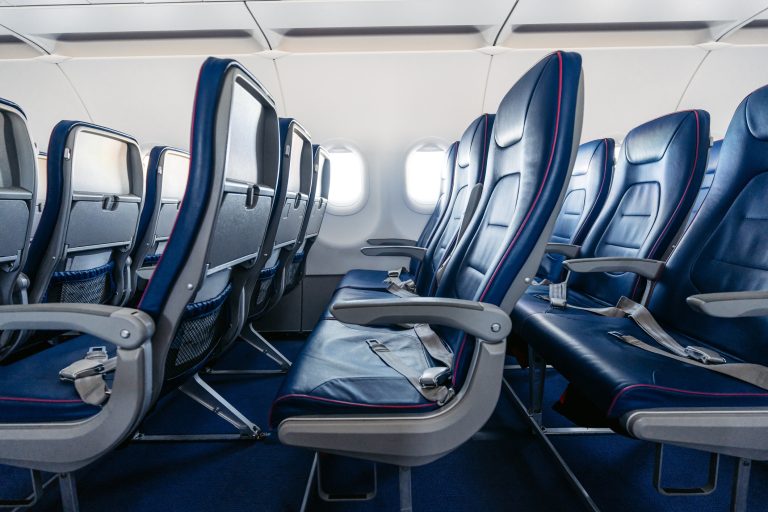You’ve arrived at the airport, checked in your luggage, enjoyed some retail therapy, and finally boarded your flight. You’ve secured your prized window seat, stored your carry-on in the overhead locker, and observed your fellow passengers, hoping to avoid a seat-kicker behind you or an aggressive recliner in front. Amidst this flurry of activity, you might not be thinking about the design of your seat. Yet, there is a fascinating history surrounding the evolution of airline seating. Let’s delve into it.
Early Developments
In today’s competitive airline industry, ensuring traveller comfort during flights is paramount. Designers strive to create the most relaxing experience possible. This focus on comfort is a significant departure from the very first passenger seating arrangements in the 1920s, which featured simple wicker chairs. Notably, these chairs were not even anchored to the floor, meaning that any in-flight turbulence could result in an untidy pile of wicker and passengers. These wicker chairs were in use for about a decade before being replaced with more secure options featuring extra padding and leather upholstery. Leather was practical for its ease of cleaning during a time when air travel was significantly dustier. By the end of the 1930s, velour covers began to make an appearance.
Innovations in Design
In 1930, the Aluminum Company of America developed an aluminium passenger seat that was lightweight and versatile. Fast forward to today, and the majority of airline seats are still made from aluminium. Although this innovative design was groundbreaking, the seats lacked adjustability. To enhance passenger comfort, foam-filled rubber seats were later introduced to mitigate the discomfort of sitting on a hard metal surface.
Evolving Passenger Experience
In the early days, seating arrangements often revolved around tables, similar to those found in trains. When food service began on aircraft, meals were presented to travellers on actual trays—imagine the potential mess if the plane encountered turbulence! The familiar fold-down tray tables weren’t introduced until 1973.
In 1952, the International Air Transport Association (IATA) allowed multi-fare flights, leading to the introduction of the airline class system. Standard class seats offered more room than those in coach class, which was later rebranded as economy class.
The Modern Era
In the 21st century, airlines have placed a greater emphasis on customer experience, experimenting with various seating configurations, such as reverse or staggered herringbone setups, which provide more privacy and allow passengers to access the aisle without clambering over their fellow travellers.
Back-of-seat screens made their debut in 1988; prior to this, onboard entertainment consisted of a large screen at the front of the cabin. Today, LED high-definition touch screens are gradually being replaced by direct-to-device streaming.
Trends in Airline Seating
Interestingly, recliner seats are now on the decline. Finnair has removed them entirely from business class, while British Airways’ new Airbus models feature pre-reclined seats. The reasons are manifold: reclining seats are costly, complicated, and prone to damage, which increases maintenance needs. Additionally, they add weight to the aircraft, raising fuel costs.
Today’s aircraft seats are crafted with strict flammability guidelines and are designed to protect passengers in the event of an accident. In an age of sustainability, Air France is recycling old seating materials into fashionable bags and accessories. High-end seat designs now offer LED screens with Bluetooth, USB charging ports, noise-cancelling headphones, and even motorised leg rests. Emirates’ first-class seats feature a zero-gravity setting to enhance passenger comfort. It’s a long way from a wicker chair!
